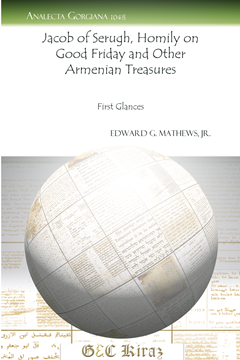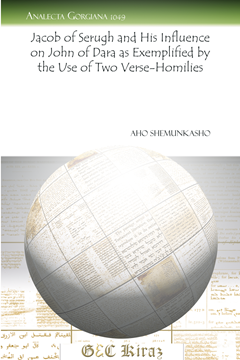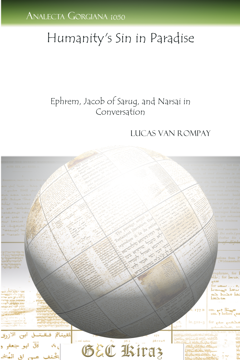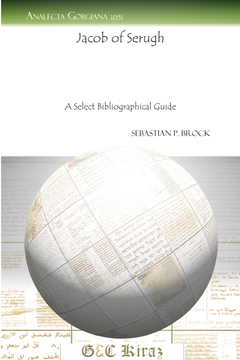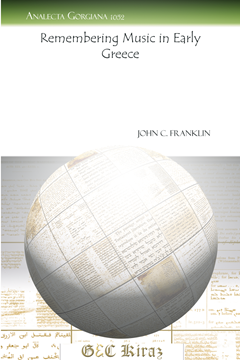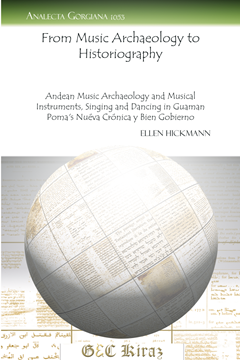Jacob of Serugh, Homily on Good Friday and Other Armenian Treasures
First Glances
Series: Analecta Gorgiana 1048
ISBN: 978-1-4632-0096-1
Jacob of Serugh's Armenian version of “Homily on Good Friday” is most likely from the reign of Gregory III Pahlawuni (1113–1166 AD). Mathews provides its transcription, commenting that scholarship is widely unaware of Jacob of Serugh’s existing works in Armenian.
$37.00 (USD) $22.20 (USD)
Jacob of Serugh and His Influence on John of Dara as Exemplified by the Use of Two Verse-Homilies
Series: Analecta Gorgiana 1049
ISBN: 978-1-4632-0097-8
Some of John of Dara’s 9th century treatises survive in Codex 356 in Mardin, in which Jacob of Serugh is called “Jacob of Batnan”, “Jacob”, and titles of respect. This article describes Jacob’s significant influence, comparing two-verse homilies in detail.
$39.00 (USD) $23.40 (USD)
Humanity’s Sin in Paradise
Ephrem, Jacob of Sarug, and Narsai in Conversation
Series: Analecta Gorgiana 1050
ISBN: 978-1-4632-0098-5
Van Rompay discusses Jacob of Sarug’s understanding of sin by interweaving a conversation with 4th-century Ephrem’s influence and Jacob's late 5th-century contemporary thinker, Narsai. Critical to this discussion is their assumption of Adam’s created capacities.
$35.00 (USD) $21.00 (USD)
Jacob of Serugh
A Select Bibliographical Guide
Series: Analecta Gorgiana 1051
ISBN: 978-1-4632-0099-2
Brock provides an indispensable bibliographic resource for Jacob of Serugh scholarship. This guide lists Jacob's mimre by biblical passage and liturgical events, uplifted saints and topics, other works including prose and letters, and recommended secondary sources for further study.
$36.00 (USD) $21.60 (USD)
Remembering Music in Early Greece
Series: Analecta Gorgiana 1052
ISBN: 978-1-4632-0100-5
This paper contemplates the various means by which the Ancient Greeks preserved information about their musical history, highlighting oral/aural tradition and the transition to literacy when inscriptions could capture information in roughly datable contexts. Music history sources and motives are also examined.
$40.00 (USD) $24.00 (USD)
From Music Archaeology to Historiography
Andean Music Archaeology and Musical Instruments, Singing and Dancing in Guaman Poma's Nuéva Crónica y Bien Gobierno
Series: Analecta Gorgiana 1053
ISBN: 978-1-4632-0101-2
Hickmann describes a 17th century work by Guaman Poma chronicling the first period of the Conquista. Details from this book are comparable to archaeological finds of musical instruments that have since disappeared. The author provides illustrations of ancient Andean instruments.
$36.00 (USD) $21.60 (USD)
